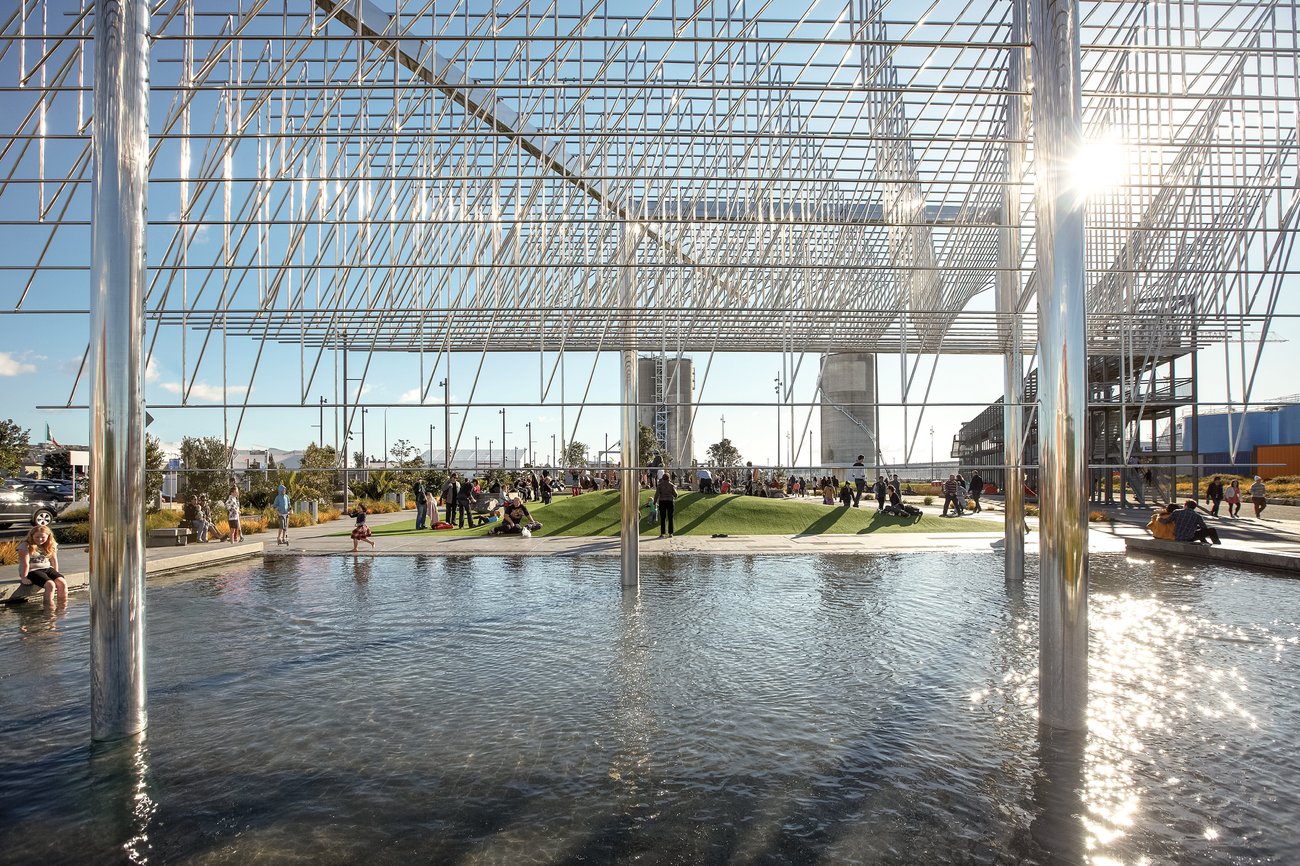
Over the last two years, New Zealand Story, an independent government agency set up between NZTE, Education NZ and Tourism NZ, has set out to build up a storehouse of videos, images, presentations and case studies for businesses to use as part of their marketing material for international consumers. Most recently they have undertaken perception testing to understand what overseas markets think of New Zealand and the products and services we sell. This testing has unearthed a treasure trove of great advice for New Zealand exporters. Idealog focuses on just two markets: Australia and the US:
Writing our visual story for the Australian market
While we share friendly, hardworking and relaxed values with Australians, they demand modernity and competitiveness, which affects how they see us and what they want to buy from us. New Zealand is seen as clean, green and beautiful, but also small, remote, a tad boring, and lagging behind. Traditional “100% Pure” marketing messages and images only provide one part of the total picture of what New Zealand has to offer.

Meanwhile, our genuineness can be seen as too casual and sometimes a little unprofessional. They also think we’re unsophisticated – we might have good old-fashioned values but we’re a little hokey.
To counter these views, we need to give a full picture of what we can offer, turn the focus on technology and architecture, and move beyond the environment. Our manufacturing needs to demonstrate scalability. In the digital and technology space, Australia wants innovation, so we need to leverage our quality and resourcefulness, and make clever and brave ideas our point of difference.

In food and beverage, New Zealand is doing everything from premium seafood to great roasted coffee. We make a lot more exciting and unique products than we’ve been talking about. It’s time to move the conversation into areas that demonstrate our level of expertise and skill in areas that the Australians (and others) don’t expect from New Zealand.
{% gallery ‘nzfood’ %}
In fashion and design we need to talk up our international reputation and recognition, and highlight what makes our designs unique and modern. In the music and film industries, the challenge is to move beyond just the Lord of the Rings and convince Australians we have the technology, the businesses and the people to make great content. The message is we are not just a film set.

In health and science we need to prove we have the infrastructure to attract world-leading thinking and we must shine the light on our innovation, integrity and resourcefulness.

To help change the perception we need to tell an evolved story – one that moves us from the expected beautiful landscapes to incorporate the people and the ingenuity we have.
Show the Australians less of: Lord of the Rings; bungy jumping; All Blacks; Once were Warriors; raw slabs of lamb; wide open plains with flocks of sheep; Peter Blake; yachting.

Show the Australians more of: Lorde/Kimbra; New Zealand technology and innovation (eg Blunt umbrellas, Navman, NZ Hi-Tech Awards, Ray Avery’s infant incubator, YikeBike); contemporary NZ architecture; fashion (Karen Walker, World); craft beer; wind power.

Writing our visual story for the American market
It might be stating the obvious, but let’s reiterate for clarity: America is not a single market so we can’t sell them a single New Zealand story. Each US state has its own unique identity, and holds Uncle Sam close to its hearts for different reasons. The West Coast is relatively more open and free spirited and shares a stronger affinity with the mindset and culture they associate with New Zealand. The further east you go, the more distant we are geographically and culturally.
America is big, abundant, and a world leader. There’s no point little New Zealand at the end of the world trying to claim we’re better. Our focus needs to be on building points of commonality between our two countries and cultures, but then highlighting our differences and what New Zealand can offer that they won’t find anywhere else in the world.

The job starts with the Americans knowing where we are. And while we don’t want to be considered part of Australia, it at least provides geographical and cultural orientation. Americans have had to piece together what they know about New Zealand from the places and sources that have surfaced over the years. There is a much greater, more complete story to be told about what we have to offer.
We’re seen as picturesque, relaxed, friendly, sporty and resourceful, but also small, remote, cold and behind the times. New Zealand is a great destination to visit for some peace and quiet, but not the place you’d turn to as a trade partner or a producer of world-first technology. In fact, to Americans, we sound like what the US was like in the 1950s, which isn’t all bad because it’s seen as a ‘golden age’ in America’s past.

There is an opportunity to broaden and deepen what New Zealand stands for in the psyche of the American consumer by showing nature against a city backdrop, inspiring architecture working with nature, and value-added products.
Americans associate us with tourism and food and beverage, both of which shape their perceptions of us as a country. The US also recognises us as a producer of premium products, albeit on a smaller scale than they’re used to.
Again it’s about evolving the perception Americans have of us by showing less of the expected and more of the unknown:
Show the Americans less of: dark moody skies and cold empty landscapes

Show the Americans more of:
Large-scale technology showing our engineering skills and educated workforce (eg Martin Jetpack); contemporary architecture in nature; sustainable and innovative design in fashion and other products; Lorde; Kathmandu; medical and scientific innovation; café culture; coastal cities, industry and infrastructure; cities and youth.
{% gallery ‘nzs’ %}




